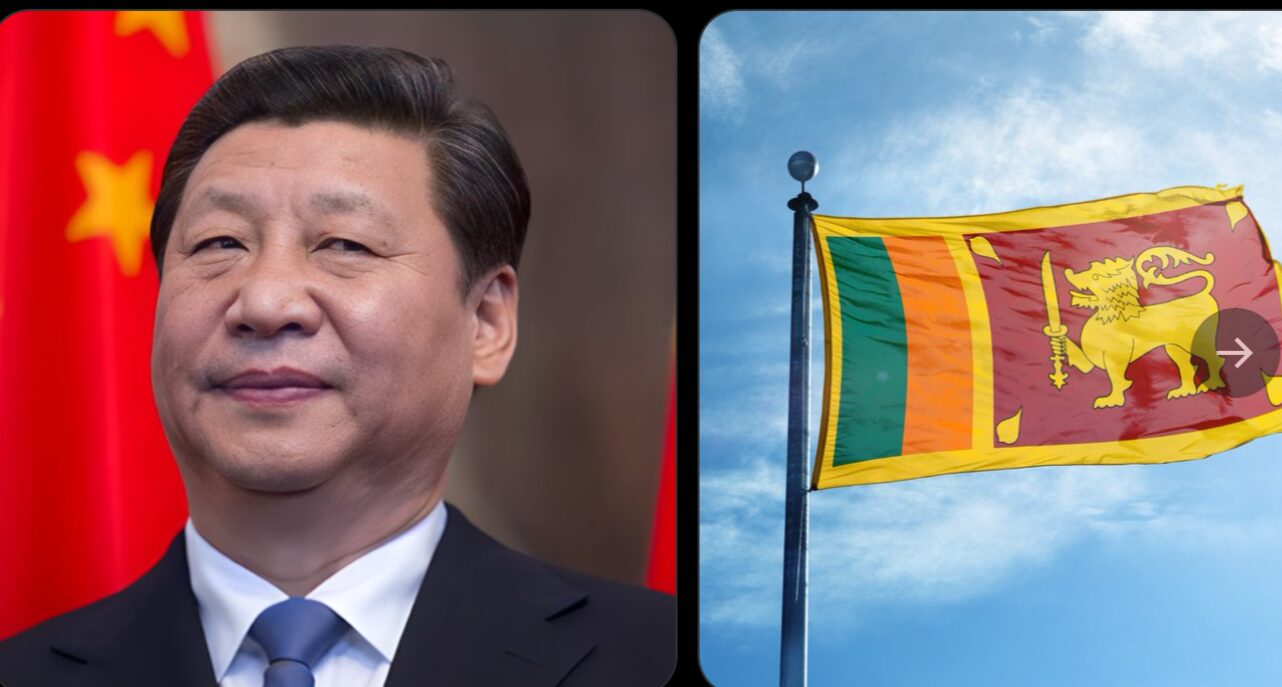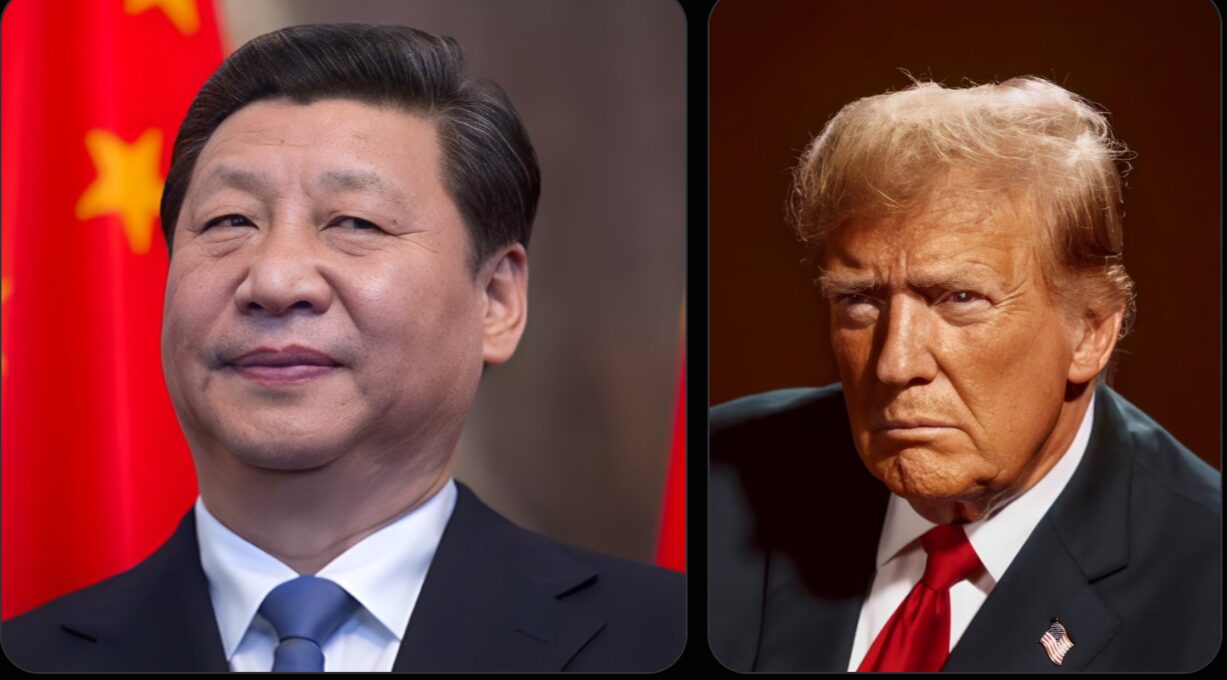China Has Invested $3.7 Billion into a New Oil Refinery in Communist Sri Lanka
In a significant development that underscores the growing geopolitical and economic ties between China and Sri Lanka, China has recently committed a massive $3.7 billion investment to build a new oil refinery in Sri Lanka. This project, one of the largest foreign investments in Sri Lanka’s history, has sparked both excitement and concerns across the region. It marks an important moment in Sri Lanka’s energy sector and signals China’s increasing influence in the Indian Ocean region.
The oil refinery, located in the strategically positioned island nation, is expected to play a pivotal role in meeting the country’s growing energy demands and boosting its industrial capacity. The deal has been met with mixed reactions, with supporters hailing it as a necessary step for Sri Lanka’s economic growth, while critics express concerns about the long-term implications of China’s involvement in the nation’s infrastructure and economy.
The Importance of the Investment
The $3.7 billion investment comes at a critical time for Sri Lanka, which has faced severe economic challenges in recent years. From foreign debt burdens to inflation and energy shortages, Sri Lanka has struggled to maintain stable economic growth. The new oil refinery, once completed, will help reduce the nation’s dependence on imported petroleum products, thus securing a more self-sufficient energy future. This will not only contribute to Sri Lanka’s energy security but also lower the cost of fuel, which has been a significant driver of inflation. In addition to meeting domestic fuel demands, the refinery could position Sri Lanka as a potential hub for oil processing and distribution in the South Asian region, offering a strategic advantage in global energy markets.
Beyond energy security, the refinery project is expected to create thousands of jobs for Sri Lankans, boost local industries, and attract additional foreign investments. The project will involve extensive infrastructure development, including the construction of storage tanks, pipelines, and a distribution network, which could have a positive ripple effect on various sectors, such as construction, logistics, and manufacturing. As the country navigates its economic challenges, such investments offer much-needed hope for a brighter, more sustainable future.
China’s Strategic Interests in Sri Lanka
China’s decision to invest in Sri Lanka’s energy sector is not just about economic development; it also has broader geopolitical implications. Sri Lanka, strategically located in the Indian Ocean, holds a critical position for global trade routes. This makes it an attractive partner for China, which has been keen on expanding its influence across Asia and beyond through its Belt and Road Initiative (BRI). The BRI is a massive infrastructure and investment project that aims to enhance global trade and strengthen China’s ties with various countries. The oil refinery project is just one part of this larger initiative, which involves Chinese investments in roads, ports, and other vital infrastructure across Asia, Africa, and Europe.
For China, Sri Lanka offers access to vital shipping lanes and trade routes. The island nation’s proximity to India, another emerging economic power, also makes it a valuable strategic partner. China’s involvement in Sri Lanka’s energy infrastructure allows Beijing to further solidify its foothold in the region, potentially increasing its influence over key maritime trade routes and expanding its presence in the Indian Ocean, which has become an area of heightened global competition.
This growing relationship between China and Sri Lanka has raised alarms in India and other regional powers, who view China’s increasing presence in the Indian Ocean as a direct challenge to their strategic interests. India, which shares historical, cultural, and political ties with Sri Lanka, has expressed concern about China’s expanding influence in the region. The tension between China and India, two of the largest economies in Asia, is not new, and Sri Lanka finds itself in a delicate position, balancing the interests of both countries.
Environmental and Social Concerns
While the new oil refinery promises significant economic benefits, the project is not without its critics. Environmental concerns have been raised about the potential impact of such a large-scale industrial project on Sri Lanka’s fragile ecosystems. Oil refineries can produce harmful emissions and create pollution, which could affect air, water, and soil quality in surrounding areas. Local communities living near the refinery site may also face health risks due to exposure to industrial pollutants. The Sri Lankan government and China will need to address these concerns and ensure that adequate environmental safeguards are in place to minimize the negative impact of the refinery on both the environment and public health.
Additionally, some critics argue that Sri Lanka’s increasing reliance on Chinese investments could lead to the country’s growing debt burden. Sri Lanka has already faced challenges in managing its debt, and taking on further loans from China could potentially exacerbate its financial woes. The long-term sustainability of such projects will depend on whether Sri Lanka can effectively manage its debt obligations while reaping the economic benefits of Chinese investments.
The Way Forward for Sri Lanka
Looking ahead, the new oil refinery represents both an opportunity and a challenge for Sri Lanka. The project has the potential to transform the country’s energy sector, reduce its dependence on imported fuel, and drive industrial growth. However, it also comes with risks, particularly in terms of environmental impact and the nation’s growing foreign debt. To maximize the benefits of this investment, Sri Lanka will need to ensure that the project is executed in a sustainable and responsible manner. The government must also remain vigilant about the potential geopolitical implications of China’s increasing influence in the country and maintain a balanced foreign policy that safeguards Sri Lanka’s sovereignty and long-term interests.
In Conclusion
China’s $3.7 billion investment in Sri Lanka’s oil refinery marks a significant milestone in the nation’s economic development and its relationship with China. While the project promises to boost Sri Lanka’s energy security and industrial capacity, it also raises important questions about the environmental impact, debt sustainability, and the broader geopolitical consequences of China’s growing presence in the region.
As Sri Lanka moves forward with this ambitious project, it will need to carefully navigate these challenges to ensure that the benefits of this investment are fully realized while safeguarding the country’s future prosperity.

















Post Comment